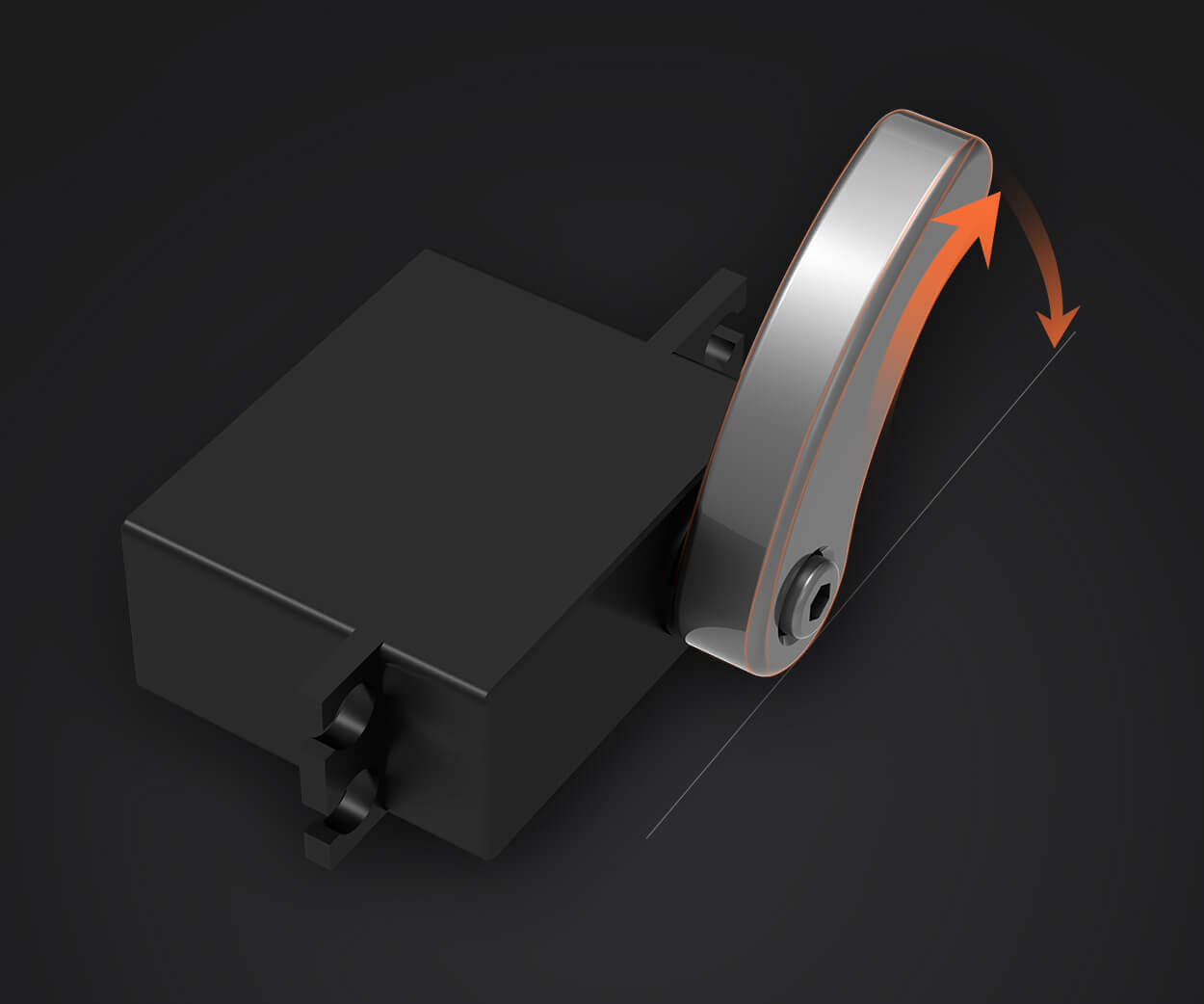The Rise of Servomotors: Powering the Future of Automation
In today's rapidly evolving technological landscape, automation stands as the backbone of efficiency and innovation across countless industries. Whether it's robotics, manufacturing, aerospace, or even medical devices, the quest for precision and reliability is relentless. Enter the hero of modern motion control—servomotors. These compact yet powerful devices are revolutionizing how machines move, adapt, and perform with exceptional accuracy.

What Are Servomotors?
At their core, servomotors are specialized rotary or linear actuators designed to provide precise control of angular or linear position, velocity, and acceleration. Unlike traditional motors that simply spin at a fixed speed, servomotors are integrated with feedback systems—most commonly encoders or resolvers—that constantly monitor their position and adjust their output in real-time. This closed-loop control system ensures that movements are not only accurate but also smooth and repeatable.
Imagine steering a drone through complex maneuvers, or assembling intricate electronic components—servomotors are often doing the heavy lifting behind the scenes. They can respond instantly to changing commands, making them indispensable for applications that demand fine-tuned movements.
Key Components and Working Principle
A typical servomotor setup includes a motor (often brushed or brushless DC), a feedback device, a controller, and a driver. Here's how it all works together:
Command Input: The controller receives a target position, speed, or torque instruction from a control system or user interface.
Feedback Signal: The feedback device constantly reports the motor's current position or speed back to the controller.
Error Detection: The controller compares the current state with the desired command, calculating any discrepancy.
Adjustment and Power Application: Based on this error, the controller modulates the power supplied to the motor to correct its position or speed.
This cycle repeats hundreds or thousands of times per second, maintaining pinpoint accuracy.
Advantages That Set Servomotors Apart
Now, why have servomotors become the go-to choice for precision motion control? Let's explore the major advantages that make them stand out:
Exceptional Precision and Accuracy: Thanks to high-resolution encoders and closed-loop control, servomotors can achieve commands with sub-degree or even sub-millimeter precision. This makes them ideal for applications like CNC machines, robotic arms, and camera autofocus systems.
Fast Response and High Dynamics: Servomotors respond swiftly to control inputs, enabling rapid accelerations and decelerations. Their dynamic performance is crucial in pick-and-place robots or high-speed conveyor systems.
Energy Efficiency: Because they only draw power when moving or maintaining a position, servomotors are more energy-efficient compared to open-loop motors in many applications. Plus, their ability to operate at variable speeds optimizes energy consumption further.
Versatility in Applications: Servomotors are highly adaptable—available in an array of sizes, power levels, and configurations—making them suitable for both tiny medical devices and large industrial machinery.
Reliable and Durable: With fewer mechanical wear parts and advanced materials, high-quality servomotors can operate reliably over extended periods in demanding environments.
Ease of Integration and Automation: Modern servomotor systems are compatible with programmable logic controllers (PLCs), industrial computers, and IoT systems, facilitating seamless automation integration.
Industrial Impact: From Manufacturing to Medical Fields
The impact of servomotors extends across industries. In manufacturing, they enable robotic arms to assemble electronics with micrometer precision, transforming production lines into highly automated, flexible systems. In aerospace, they control flight surfaces and satellite positioning where precise movement is mission-critical.
Medical imaging devices leverage servomotors for fine control of imaging equipment, ensuring high-resolution scans. In automotive production, they contribute to adaptive suspension and autonomous driving systems, where rapid, precise responses are paramount.
The Path Forward: Continuous Innovation
The development trajectory of servomotors is marked by continuous improvements—higher efficiency, even greater precision, and smarter integrations with AI and IoT. Innovations like brushless DC servomotors, intelligent controllers, and advanced feedback systems are pushing the boundaries of what these miniature powerhouses can achieve.
As industries increasingly lean towards automation and smart manufacturing, the role of servomotors will become even more crucial. Their ability to provide tailored, reliable motion control makes them indispensable in driving the next wave of technological breakthroughs.
Leveraging innovations in modular drive technology, Kpower integrates high-performance motors, precision reducers, and multi-protocol control systems to provide efficient and customized smart drive system solutions.




































